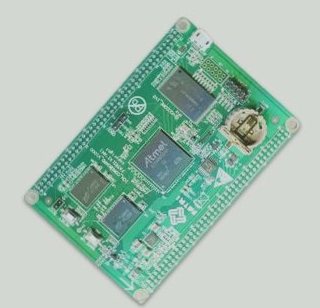Enhancing PCB Performance and Reliability
1. Improving Anti-Deformation Ability
Deformation in PCBs often occurs due to rapid heating and cooling, uneven component distribution, and copper foil placement. To enhance resistance to deformation:
- Opt for a PCB thickness of 1.6mm or more, or use furnace fixtures for thinner boards during reflow.
- Consider high Tg PCB material for increased rigidity.
- Reinforce BGAs with steel bars or epoxy glue for stress resistance.
2. Mitigating External Forces
Protect PCBs from external forces like bending or impacts by:
- Implementing buffer designs and cushioning materials in the mechanism.
- Using screws or fixing mechanisms around BGAs to prevent deformation.
- Strengthening the shell to safeguard internal circuit boards.
3. Enhancing BGA Reliability
To improve BGA reliability:
- Apply underfill glue to the bottom of BGAs.
- Increase BGA solder pad size and use SMD layout for better soldering.
- Utilize Vias-in-Pad (VIP) design to prevent solder ball fractures.
- Control solder amount to avoid short circuits.
- Consider stress testing with a Stress Gauge or computer emulator for finished products.



